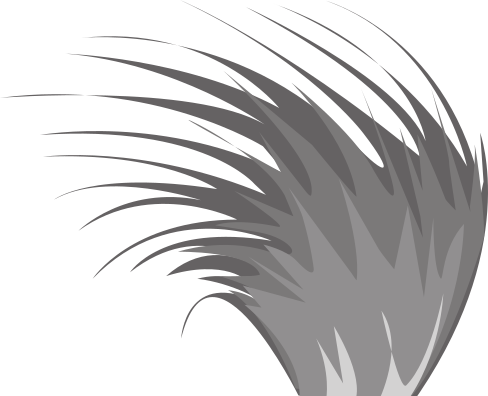The current state of bird-plant mutualisms in New Zealand
Talk / Seminar on Tuesday 5th of October 2004, 05:20 PM (21 years ago)
Contact: Ian Radford | ian.radford@botany.otago.ac.nz | (03) 479 9065
A talk by Dave Kelly, University of Canterbury. In an important paper, Clout & Hay (1989, New Zealand Journal of Ecology Supplement) argued that the bird-plant interaction most at risk in modern New Zealand was that of seed dispersal, especially for large-seeded trees dependent on the kereru. In this talk I review progress on this subject in the 15 years since their paper was published, and show that both pollination and dispersal are at some risk, but for different reasons. Despite extensive work on these topics, there are still some very important questions that we have only the beginnings of answers to. Some of these tentative answers are outlined, and predictions are made about the true state of mutualisms. I also review to what extent the birds depend on the plants, as well as the plants depending on the birds. At the NEW Zoology Benham Building, 346 Great King Street, behind the Zoology car park by the Captain Cook Hotel. Use the main entrance of the Benham Building to get in and go to the Benham Seminar Room, Rm. 215, 2nd floor. Please be prompt as we have to hold the door open. The 2004 Leonard Cockayne Memorial Lecture lecture, that Dave will be giving the following day in Dunedin is entitled "Plant reproductive biology in New Zealand: masting, mutualisms and mistletoes". That talk will be on at 12 noon the 6th October, in the Hutton Theatre, Otago Museum, 419 Great King St, Dunedin
